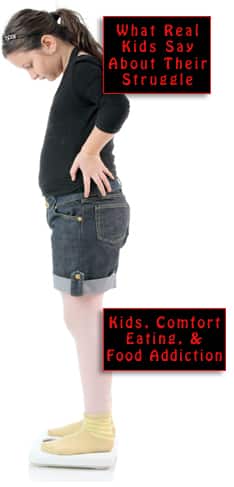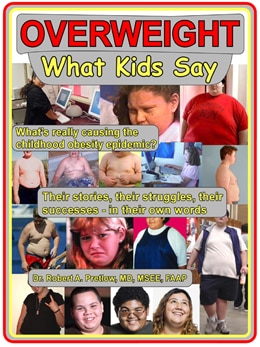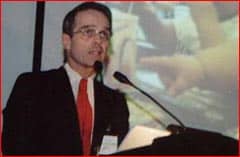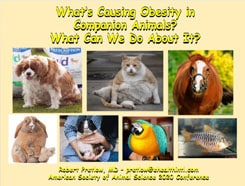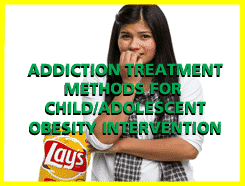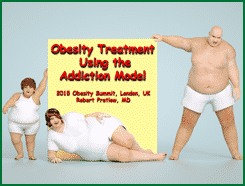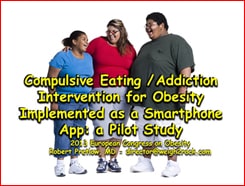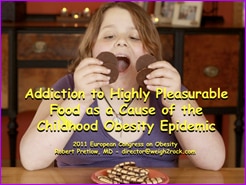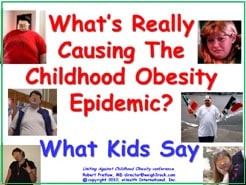
This is Truth #7 in a series that encompasses all nine of them, as proposed several years ago by the Academy for Eating Disorders. By this point, a reader might begin to suspect that not much more is known today, than was back when “Nine Truths about Eating Disorders” first appeared.
Many of the conclusions demonstrate unchanging precepts — like the fact that two things can be true at the same time. In the words of #7’s subtitle, both genes and environment “play important roles in the development of eating disorders.”
Anorexia nervosa, bulimia nervosa, and binge eating disorder all run in families. Which exact genes are responsible, is still a mystery. One current source says, “There is a known phenotypic link between AN, growth, and sexual maturation, yet the genetic overlap between these phenotypes remains enigmatic.” So, there we have it.
On the other hand, generalizations apply, and there is one thing we do know. Science did not need to wait for the telescope or the microscope to discover that eating disorders run in families, or to notice that the cultural environment has a lot to do with how individuals (and nations) feel about human bodies and food customs. Still, psychological pressure does not seem to cause as much distress as it would, if not affected by other factors.
Can we ever know anything?
It is interesting that most people who, according to the signs, “should” develop eating disorders, do not. To discover the reasons behind this and so many other mysteries, the authors warned, would require scientists to inspect “very large sample sizes (in the tens of thousands).” But of course, volume is only one facet of discovery. Life, as always, is multifactorial. As the 2017 authors phrased it,
Eating disorders are “complex traits,” meaning that multiple genetic and environmental factors — each of small to moderate effect — act together to increase risk. Genetic and environmental factors may not only act in an additive manner, but may co-act in other ways.
Additionally, little as was known about AN at the time, even less was known about BN and BED. Moving on to Truth #8, we will not even go into why eating disorders do not follow Mendelian transmission patterns. And besides, in many cases, a family with an afflicted child will be at a loss to identify any relative who suffered from one of the conditions. Of course, war, adoption, and other socially unstabilizing vicissitudes can break connections which might have aided logical causation assumptions.
Too much togetherness presents another research problem, called confounding. In a family, there are a lot of shared genes and a lot of shared environmental factors, and how are scientific observers supposed to separate the effects of each influence? For this and many related reasons, “Rigorous studies of gene-environment interaction in eating disorders are sparse.” But basically, Truth #8 goes like this: “Genes alone do not predict who will develop eating disorders”:
[H]undreds (or perhaps thousands) of genes act in concert and are influenced by environmental factors. An individual’s risk is a composite of the cumulative number of genetic and environmental risk and protective factors to which they are exposed.
And then, there is the whole field of epigenetics, with DNA methylation, and the modification of things we never imagined could be modified, and the need to differentiate between epigenetic changes seen in the blood and what might happen in the brain; and how to figure out prevention, which is so much preferable to spending years and billions on cures.
One more, for the road
Truth #9 is short and sweet: “Full recovery from an eating disorder is possible. Early detection and intervention are important.” The authors define physical recovery as “the resumption and maintenance of a healthy body weight and a normalization of all physical parameters affected by the eating disorder”:
[B]ehavioral recovery means the absence of eating-disorder related behaviors such as food restriction, binge eating, and purging. Psychological recovery, including the attainment of normal attitudes toward food and the body, is important yet often overlooked.
Then, it gets complicated again due, for starters, to a “lack of consensus on the exact definition”:
It has been proposed that full recovery is achieved only when patients are indistinguishable from healthy controls on all eating disorder related measures, including psychological aspects.
Your responses and feedback are welcome!
Source: “The Science Behind the Academy for Eating Disorders’ Nine Truths About Eating Disorders,” NIH.gov, October 2017
Source: “An evolutionary perspective on the genetics of anorexia nervosa,” Nature.com, 02/19/25
Image by Prawny/Pixabay

 FAQs and Media Requests:
FAQs and Media Requests: 